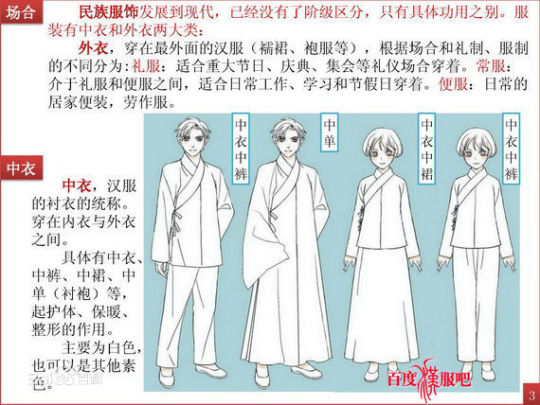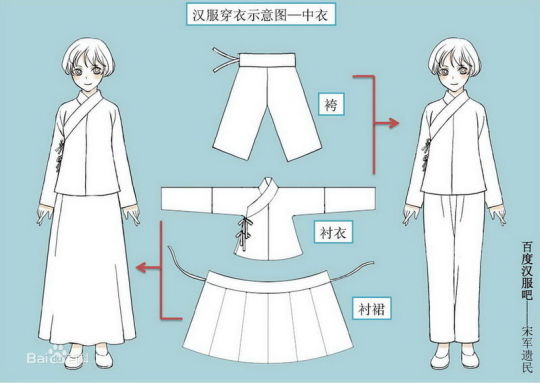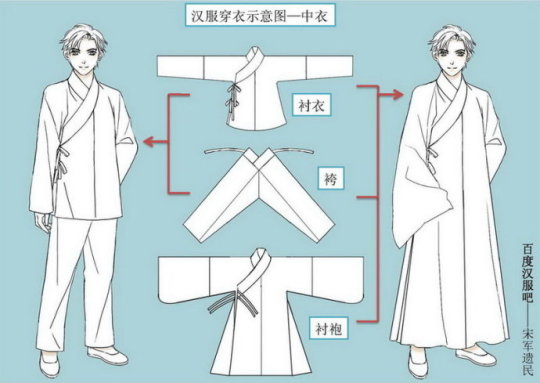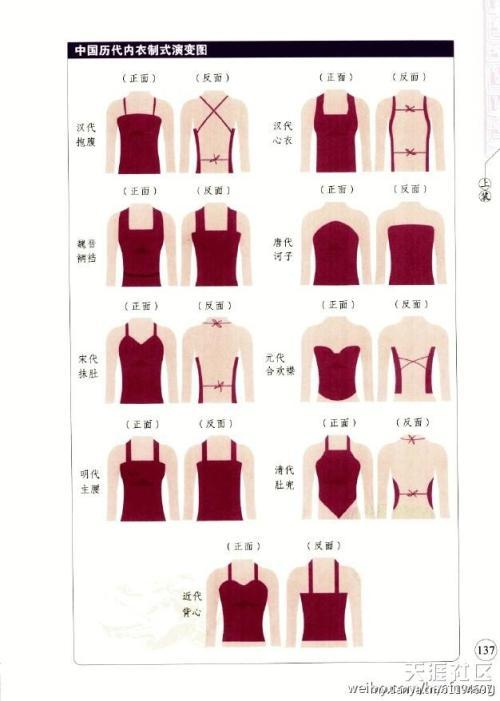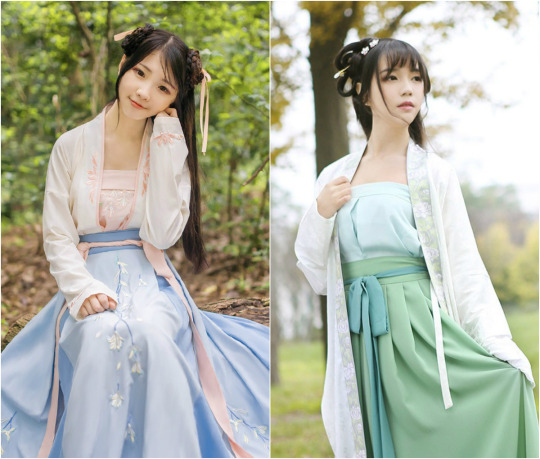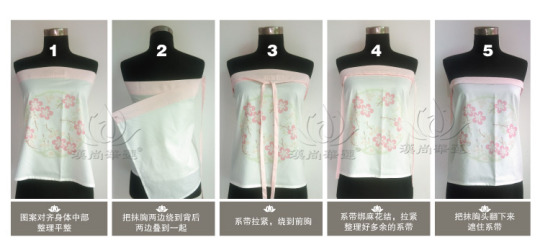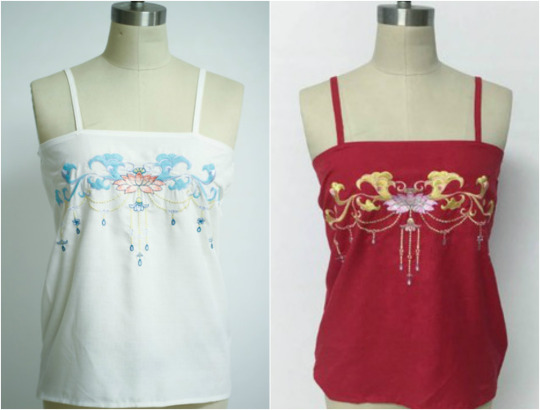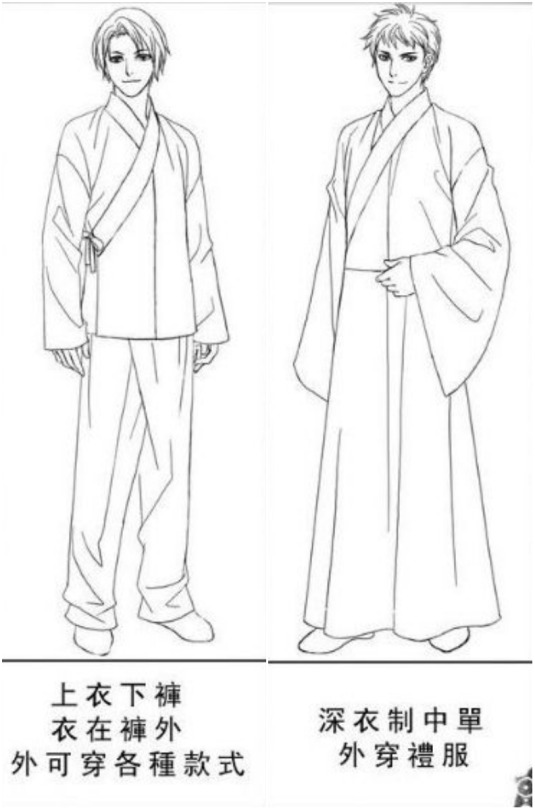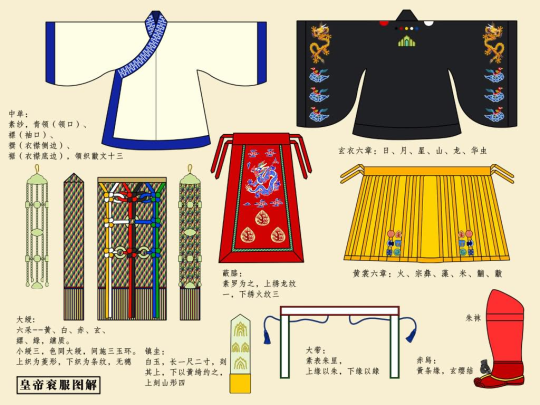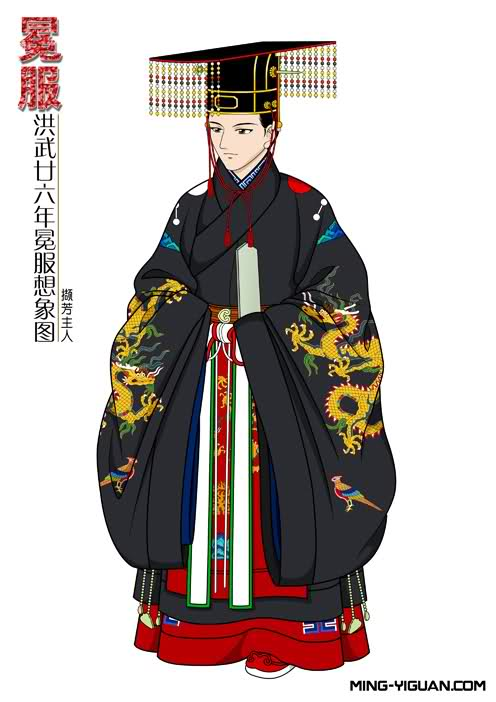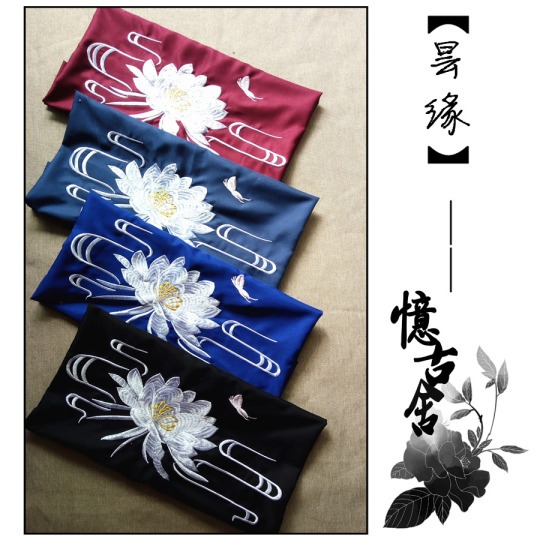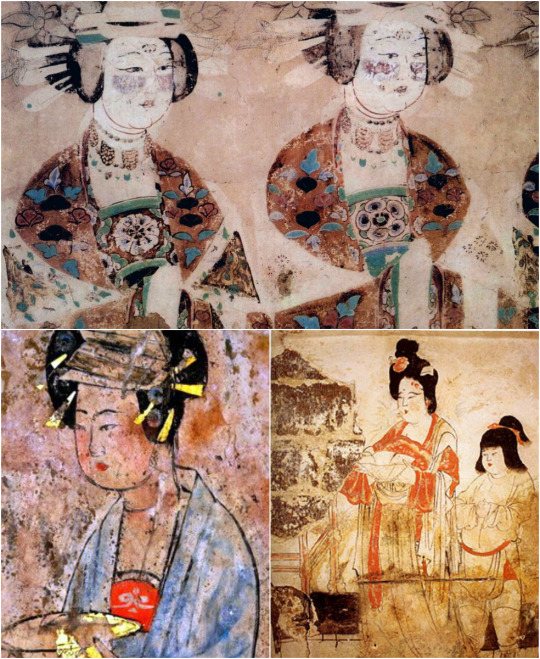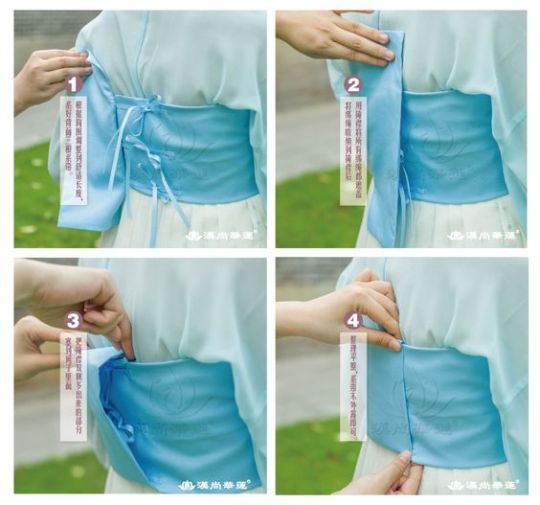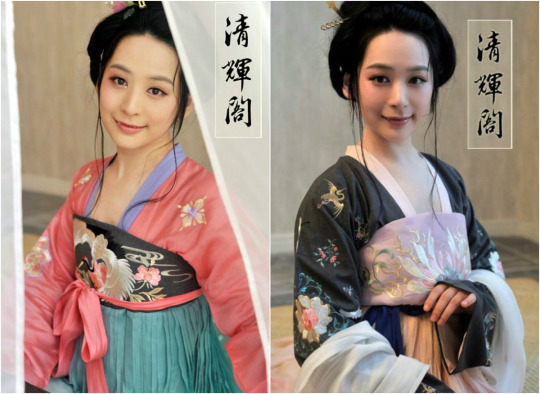Hi, thanks for the question!
Petticoats are called Chenqun/衬裙 in Chinese, and women wore them as part of their undergarments called Zhong Yi/中衣 (middle clothes). I have a detailed post about Zhong Yi here, for your reference.


Chenqun are usually white, but can be other colors as well. Like other Zhong Yi, they are required when dressing in formal attire for important events. They do not have to be worn for regular hanfu.
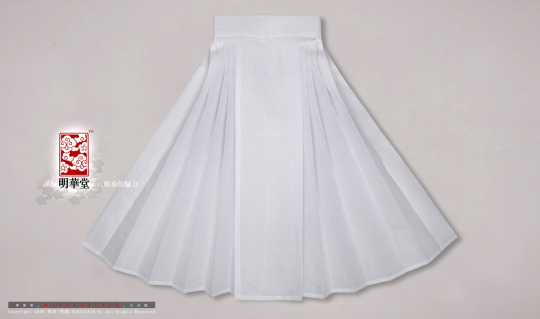

Chenqun was/is worn for formality and to prevent any “slip-ups” from occurring re: the skirt proper. It provides an extra layer of coverage in case the outer skirt is somewhat transparent, or if the outer skirt accidentally unravels. It’s purpose was not really to fluff up the skirt, as that was not the desired silhouette throughout most of Chinese history.
The exception to this is the Ming Dynasty, during which a wide, voluminous skirt was considered stylish. Thus, wearing a puffy petticoat under the skirt was quite fashionable for some time during the Ming Dynasty.

For example, here are two modern Chenqun intended to be worn under Aoqun to add shape and volume to the skirt:
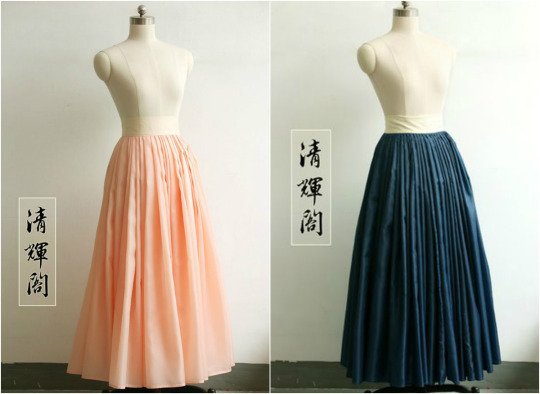
Hope this helps!
